Search Images
Browse Content (p. 993)

Image
Late Medieval Market Scene
A 15th century CE manuscript illustration showing a medieval market scene.
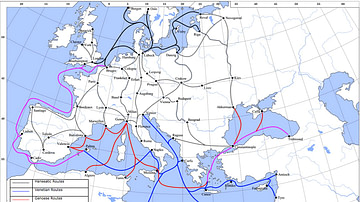
Image
Late Medieval Land & Maritime Trade Routes
A map showing the late medieval trade routes by land and sea across Europe and Western Asia.
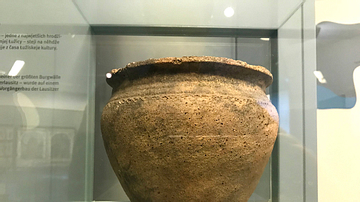
Image
Late Slavonic Clay Pot
Archaeological finds as well as many place, land and family names in the eastern part of what is present-day German bear witness to the Slavic roots of the local history. Slavs settled the region of eastern Germany during the 6th and 7th...
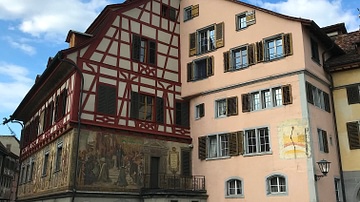
Image
Medieval Architecture in Stein-am-Rhein, Switzerland
Stein-am-Rhein, Switzerland is famed for its medieval timber architecture. One can frequently observe medieval and early modern frescoes on the timber structures, and some even feature bay windows. Stein-am Rhein has a long history and was...
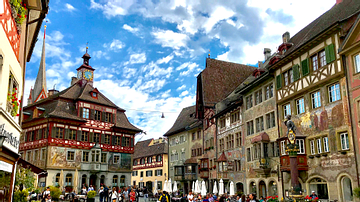
Image
Stein-am-Rhein's Town Hall Square
The riverside town of Stein-am-Rhein, located in the canton of Schaffhausen in northern Switzerland, is arguably the country's best-preserved (and prettiest) medieval town. Lying at the point where the Rhine River exits the Bodensee, Stein-am...
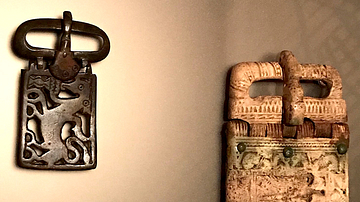
Image
Alemanni Belt Buckles
These Alemanni belt buckles are made from elk antlers and bronze. They date from the 6th or 7th century CE and come from a cemetery in Kallnach-Bergweg, which is located in Canton Bern, Switzerland. (Landesmuseum, Zürich.)
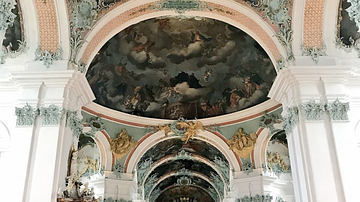
Image
Interiors of Abbey Cathedral St. Gallen
The heart of the Cathedral Abbey of St. Gall, located in St. Gallen, Switzerland, is its Cathedral. Despite years of struggles during the stormy Reformation era in the 1500s CE, the current cathedral imparts nothing but peaceful elegance...
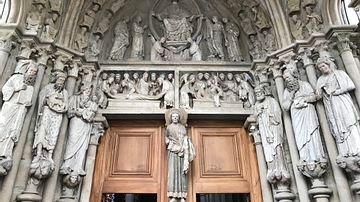
Image
Gothic Statues at Lausanne Cathedral
These large statues, grouped by three at the four corners of a portal at the Cathedral of Lausanne in Lausanne, Switzerland, represent various biblical figures: Apostles, evangelists, prophets and ancestors of Christ some of whom have been...
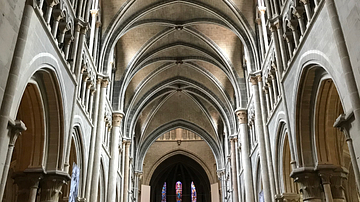
Image
Ceiling and Pillars of Lausanne Cathedral
The Cathedral of Lausanne (French: Cathédral de Notre-Dame de Lausanne) is Switzerland's largest church and arguably its finest. Construction began in the 12th century CE and the edifice was officially consecrated in 1165 CE by Pope Gregory...
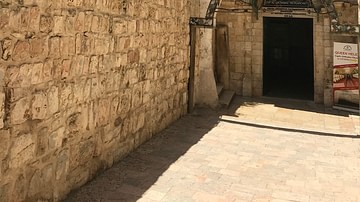
Image
Ancient Walls Surrounding Church of the Holy Sepulchre
The site of the Church of the Holy Sepulchre in Jerusalem is identified as the place both of the crucifixion and the tomb of Jesus of Nazareth. Despite the mutilations of the centuries, the Holy Sepulchre remains a fascinating complex of...